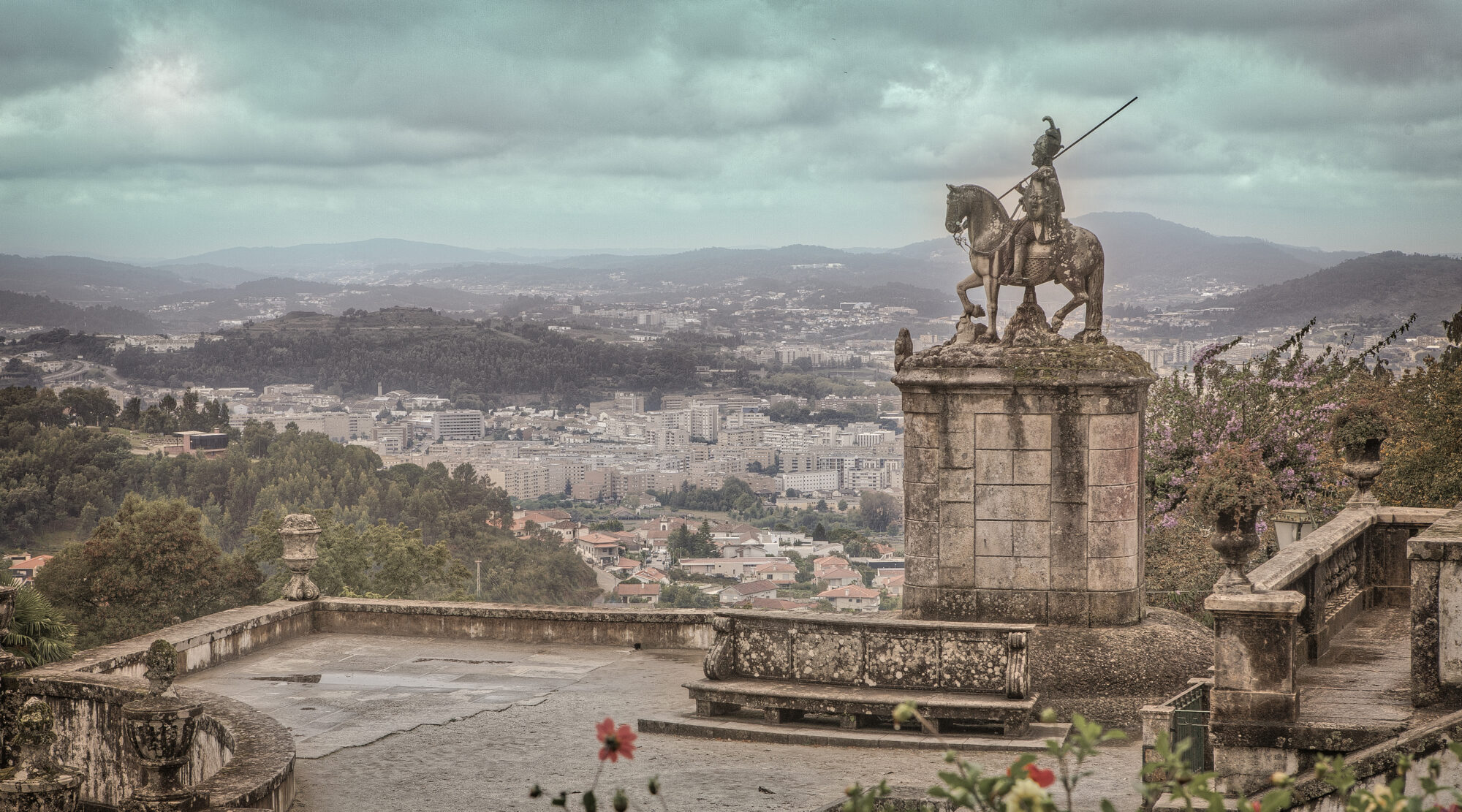 It was the most important north-south route in Portugal. Via Publicae: a Roman municipal road from Braga (Bracara Augusta) to Lisbon (Olisipo). Along the way, Romans brought the first industries to the region: iron works, stone masonry, ceramic manufacture as well as the technique of preserving fish with salt. Trade blossomed, markets opened and cities thrived. Once the road networks were established, attention was turned to building up the ports such as Porto, formerly Portus Cale. On the banks of the River Douro, writer and director Jeremy J.P. Fekete meets the last boatbuilder building traditional “rabelos”, port wine boats. For hundreds of years, these boats were the sole method used to transport the famous sweet wine. Today, the boats of the wineries that line the quay of the Vila Nova de Gaia remind us of those times.
It was the most important north-south route in Portugal. Via Publicae: a Roman municipal road from Braga (Bracara Augusta) to Lisbon (Olisipo). Along the way, Romans brought the first industries to the region: iron works, stone masonry, ceramic manufacture as well as the technique of preserving fish with salt. Trade blossomed, markets opened and cities thrived. Once the road networks were established, attention was turned to building up the ports such as Porto, formerly Portus Cale. On the banks of the River Douro, writer and director Jeremy J.P. Fekete meets the last boatbuilder building traditional “rabelos”, port wine boats. For hundreds of years, these boats were the sole method used to transport the famous sweet wine. Today, the boats of the wineries that line the quay of the Vila Nova de Gaia remind us of those times.
Further south, on the sea coast, lies Aveiro where a 3,000 year-old fishing method, “Arte Xàvega”, is still practiced. Oxen are used to drag fishing nets through the water.
Inland, near Conimbriga, we find the largest Roman dig in Portugal. Archaeologist and custodian Virgílio Hipólito Correia gives us an insight into the art of mosaic. Conimbriga had been a settlement since pre-history. In 139 B.C., Roman troops conquered it and established the Roman Province of Lusitania there. During Emperor Augustus’ reign, the city was expanded to give the settlers the infrastructure essential for every day life. From a Roman point of view that meant a forum, an amphitheatre and thermal baths.
Not far from here lies Coimbra, one of Europe’s oldest university cities and from 1139 to 1260, capital of Portugal. Coimbra stands upon the ruins of the Roman city of Aeminium. The traditional student festival “Queima das Fitas” would be nothing without Fado. Coimbra – like Lisbon – is a regional centre for the Portuguese blues. Coimbra Fado has a slightly different style to Lisbon Fado, as only men are allowed to sing it. The students, like the young men in the group “In Illo Tempore” sing Student Fado.
For centuries, the work of craftsmen has shown that the beautiful paved streets of Portugal deserve more than to be trodden on. The stone-setting technique, a legacy of the Romans, was first used in Lisbon in around 1500 A.D., from there the craft of the “calceteiros” spread throughout Portugal, further afield to Brazil and even China. “Calçada portuguesa” – also known as Portuguese mosaic.
